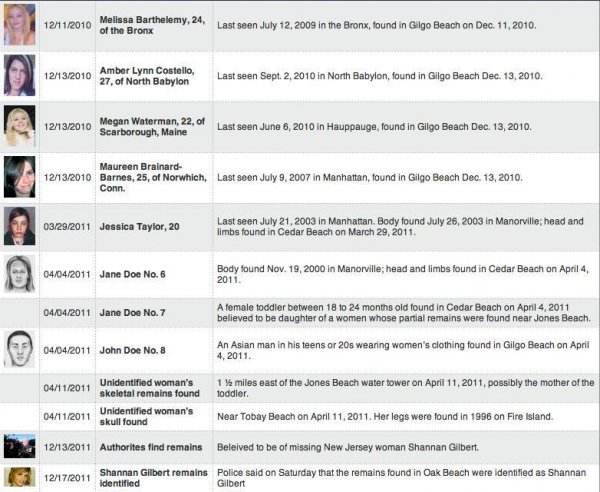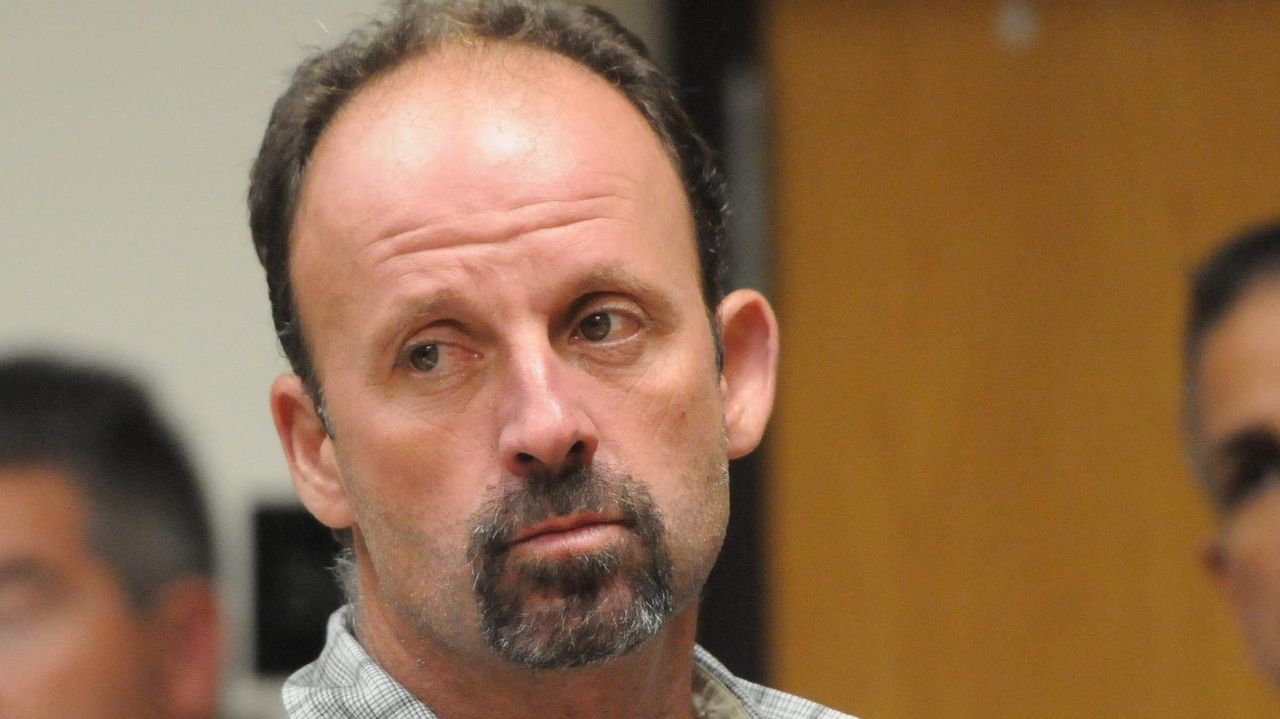Just found this. He has been cleared of McNamee's murder. The unknown DNA did not match him. Don't know about Tangredi.
Convicted killer John Bittrolff tried to pin the 1994 murder of Colleen McNamee on accused Long Island serial killer Rex Heuermann. It didn’t work.

nypost.com
There won’t be an eighth.
Accused Gilgo Beach serial killer Rex Heuermann, who is charged in the gruesome murders of seven young sex workers on Long Island, has been cleared in the strangulation death of an eighth woman.
DNA testing determined that Heuermann was not tied to the 1994 slaying of Colleen McNamee, who was beaten, strangled and dumped near the William Floyd Parkway in Shirley, according to records from the Suffolk County Medical Examiner’s Office reviewed by The Post.
Colleen McNamee, 20, was found dead in Manorville in 1994. John Bittrolff was convicted of her murder in 2017.New York Post Archives
The 1994 crime scene where McNamee was discovered.Mary McLoughlin/New York Post Archives
“A comparison between Cybergenetic’s developed profile, ‘unknown male A’ and the DNA profile of Rex Heuermann was performed,” the Oct. 21 coroner’s report said.
Explore More



“Assuming that the ‘unknown male A’ profile is a mixture without any allelic dropout and strictly based on possible genotypes present in the profile, Rex Heuermann is excluded as ‘unknown male A,'” the report concluded.
The DNA test was conducted following a request by convicted killer John Bittrolff, who was found guilty in 2017 of killing McNamee and Rita Tangredi, whose battered body was found in East Patchogue in 1993.
Bittrolff tried to pin McNamee’s murder on Heuermann — but the DNA cleared him.
Rex Heuermann is charged in the deaths of seven Long Island sex workers, but was cleared in an eighth case.Getty Images
Convicted killer John Bittrolff tried to pin the 1994 murder of Colleen McNamee on Rex Heuermann.James Carbone
Ironically, it’s
DNA evidence that linked the accused serial killer to seven other bodies — Valerie Mack, 24, Jessica Taylor, 20, Megan Waterman, 22, Melissa Barthelemy, 24, Maureen Brainard-Barnes, 25, Sandra Costilla, 28, and Amber Lynn Costello, 27.
Their bodies were dumped between 1993 and 2010, but the murders went unsolved until ex-NYPD bigwig Rodney Harrison took over as Suffolk County police commissioner and reopened the case – leading to Heuermann’s arrest in July 2023.
Investigators then carried out two thorough searches of Heuermann’s home in Massapequa Park, which led to the alleged discovery of a grisly “planning document” authored by the accused killer, including a “lessons learned” section.
Four of Rex Heuermann’s alleged victims. Clockwise from top left are Maureen Brainard-Barnes, Melissa Barthelemy, Amber Lynn Costello and Megan Waterman.Suffolk County Police Department
The Manhattan architect, who has denied he was behind the gruesome killings, has since been held without bail while the case crawls toward trial.
Suffolk County District Attorney Ray Tierney has said he believed Heuermann may have been behind the deaths of other bodies dumped across Long Island, but has only charged him with seven so far.
35
What do you think? Post a comment.
Meanwhile, Bittrolff, a 58-year-old former carpenter from Manorville, is serving a prison sentence of 50 years to life for the murders of Tangredi, 31, and McNamee, 20.
He was considered a likely suspect in some of the Gilgo Beach cases early on until DNA cleared him of the brutal murders.


 www.crimewatchers.net
www.crimewatchers.net








 5
5 5
5


 5
5 5
5 5
5